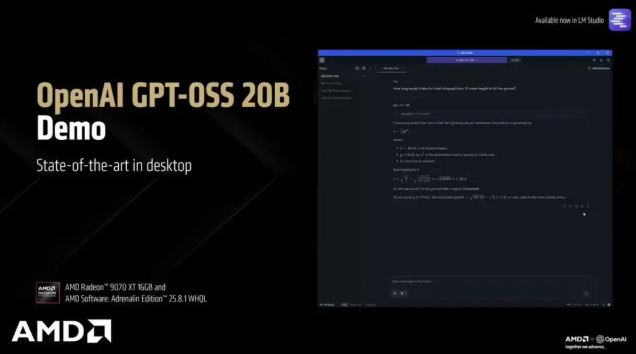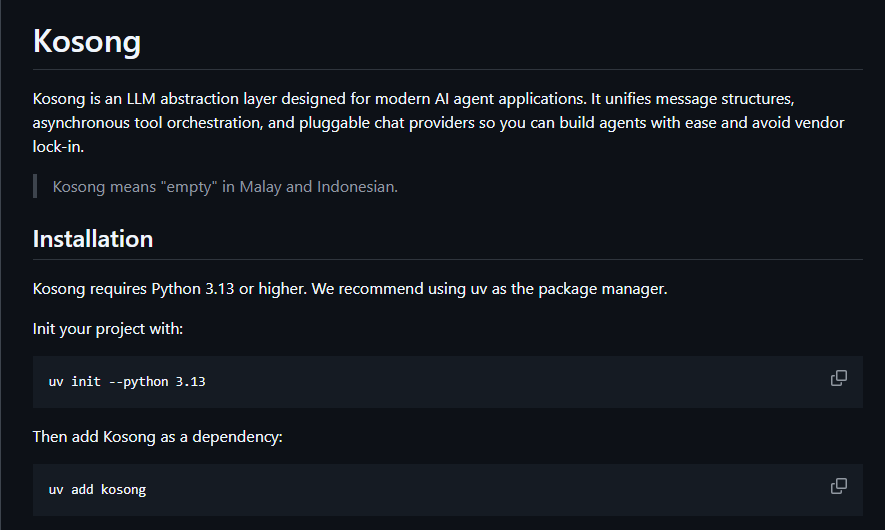Recently, AMD and Qualcomm jointly announced that their hardware officially supports the gpt-oss series of open reasoning models launched by OpenAI, marking a significant step forward in the integration of edge computing and AI. The newly released gpt-oss series by OpenAI includes two models: gpt-oss-20b with fewer parameters and gpt-oss-120b, which is more complex. The former can run smoothly on devices equipped with 16GB of memory, while the latter can be efficiently executed on a single 80GB GPU.
AMD proudly announced that the Ryzen AI Max+395 processor has become the world's first consumer-grade AI PC processor capable of running the gpt-oss-120b model. To adapt to this powerful model, AMD adopted the GGML framework and MXFP4 format, allowing the gpt-oss-120b to run smoothly with approximately 61GB of VRAM. Additionally, the "Strix Halo" platform, with 128GB of unified memory, can allocate 96GB to the GPU to meet the operational requirements.

In terms of performance, the Ryzen AI Max+395 can achieve an output speed of 30 Tokens per second when running the gpt-oss-120b, and it supports the MCP model context protocol. This means users can enjoy faster response times and higher efficiency when handling complex tasks.
Qualcomm stated that during early testing, the gpt-oss-20b model demonstrated excellent chain-of-thought reasoning capabilities on its Snapdragon platform. Developers can easily access this model on devices equipped with Snapdragon chips through well-known platforms such as Hugging Face and Ollama, thereby fully utilizing its powerful features.

This collaboration not only demonstrates AMD and Qualcomm's forward-looking vision in the AI field, but also paves the way for the future development of edge computing and artificial intelligence. With the widespread application of the gpt-oss models, we can look forward to more intelligent devices and more flexible AI application scenarios.








